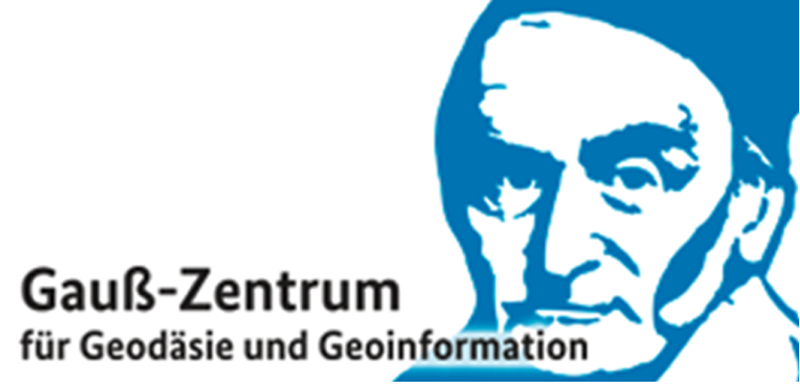The work to be carried out in the context of this Gauss Centre is divided into four work packages.
WP 1: Data research, data acquisition and conceptual design of a data model
This work package includes research into which historical geodata in the form of images or maps are available in Germany. Based on this, test data will be acquired for the developments in the other work packages. In addition, a data model is developed and specified in an abstract form, which is to be implemented in work package 2 and which also forms the basis for the developments in work packages 3 and 4 by defining an object type catalogue.
WP - 2 Development of a data management system
In this work package, a data management system is developed to support the analysis of time series of geodata. The core of the system consists of a storage component (database) for spatial data with time reference as well as for their metadata. With the help of suitable interfaces, a programming interface is made available that enables the processing, combination, evaluation and conversion of spatiotemporal data.
WP 3: AI-supported classification of historical data
The aim of this work package is to use artificial intelligence (AI) methods to classify historical geodata on the basis of the object type catalogue defined in WP 1. For historical maps, the focus is on point-like signatures that can also be combined to form areal objects; the detected signatures are also used for the automatic georeferencing of maps. With regard to historical image data, a pixelwise classification is carried out. In the final stage of development, historical maps and images of a certain point in time are also to be classified simultaneously.
WP - 4 Development of methods for time series analysis
In this work package, the AI-based classification from work package 3 will first be extended to allow simultaneous classification of heterogeneous data from different points in time, so that the classification tasks can support each other through a learned model of temporal change. This enables simple time series analyses based on the temporal change of land cover. Based on the results of these developments, statistical models are developed which, with the inclusion of additional topographic or statistical data, can analyse processes that are expressed in these data and identify significant factors influencing them. This analysis will consider processes such as urbanisation in an exemplary way. Finally, the two lines of development lines also be used to extrapolate the processes under consideration in order to be able to analyse what a future development could look like if the basic conditions remain unchanged.


